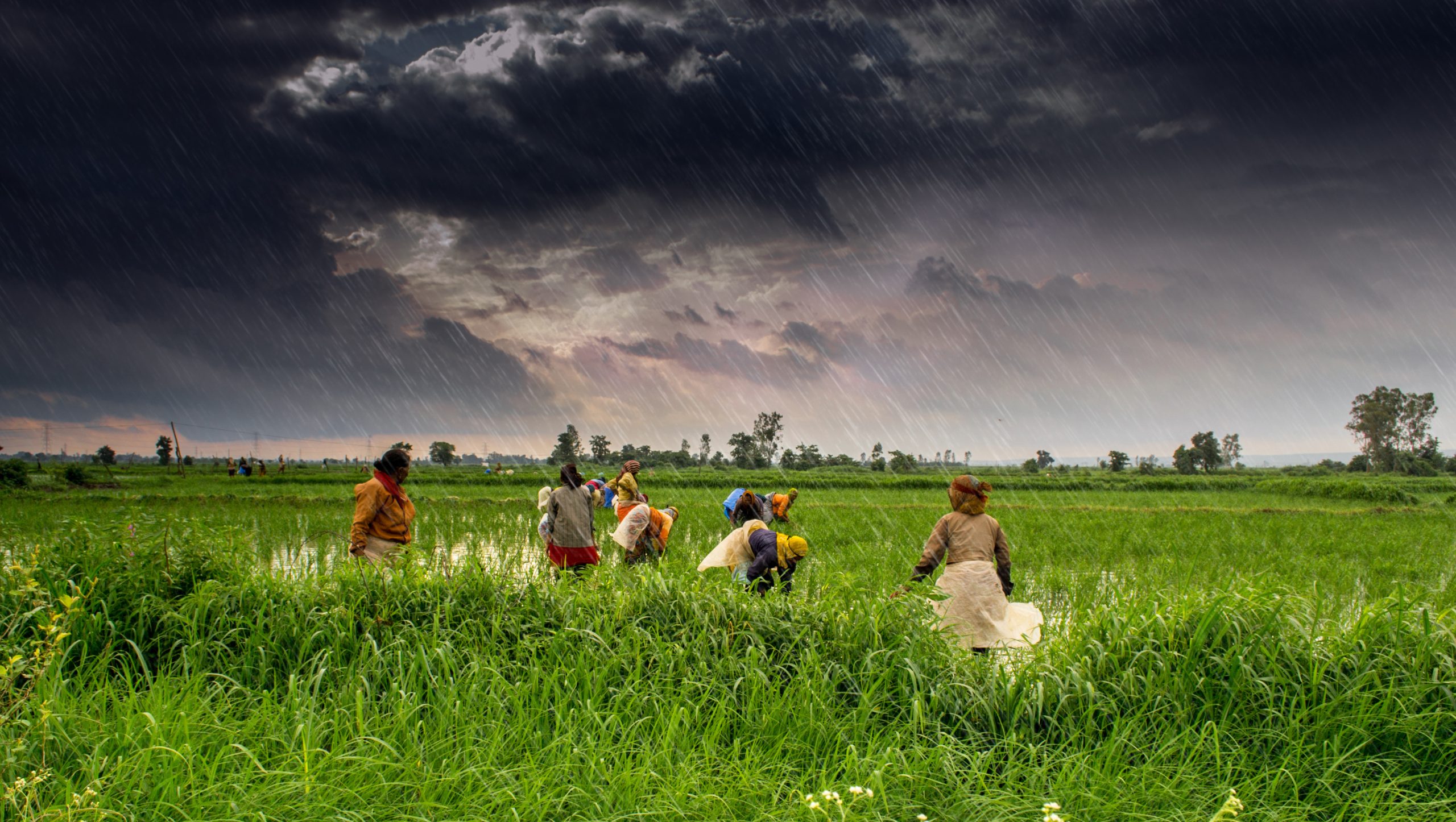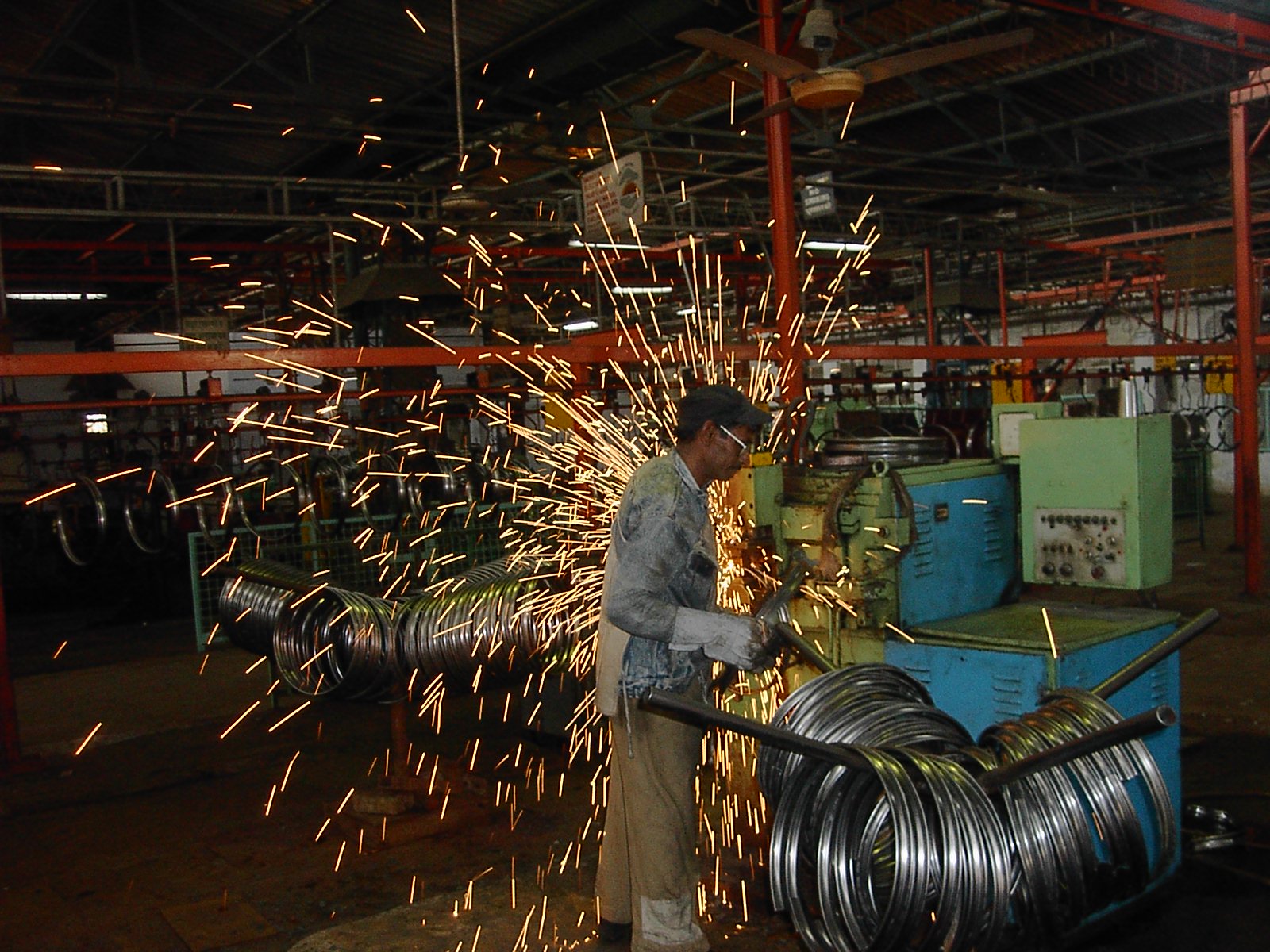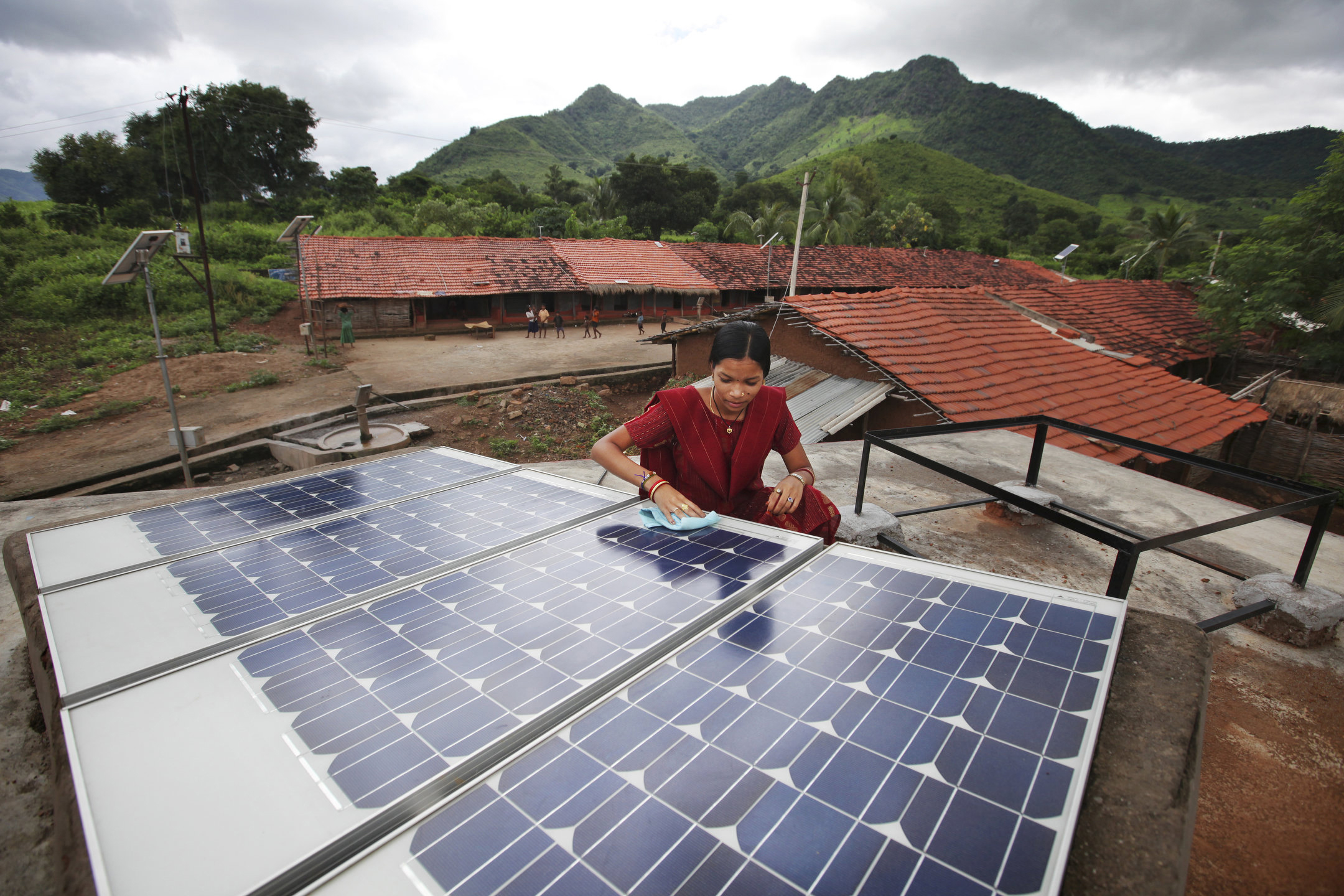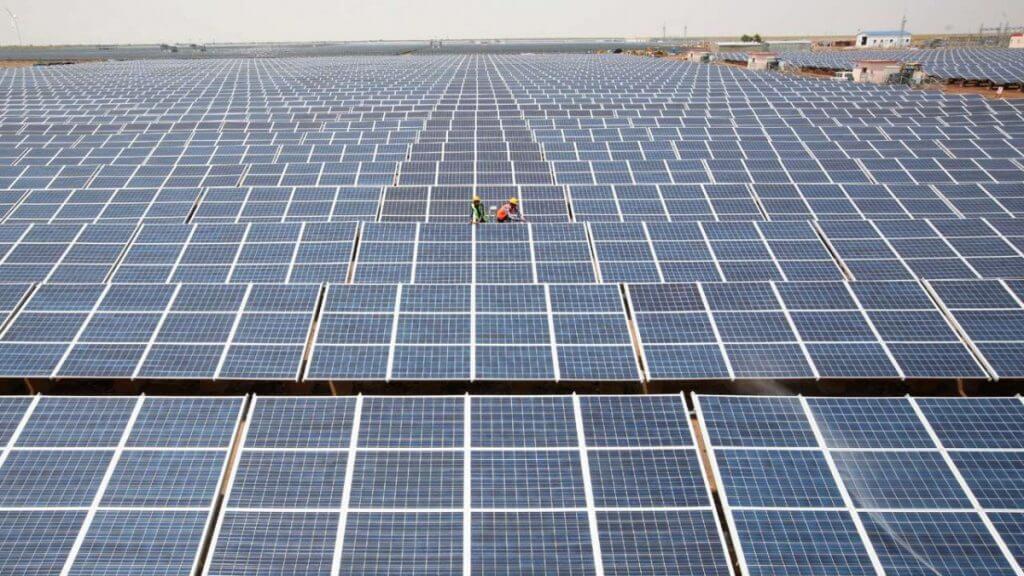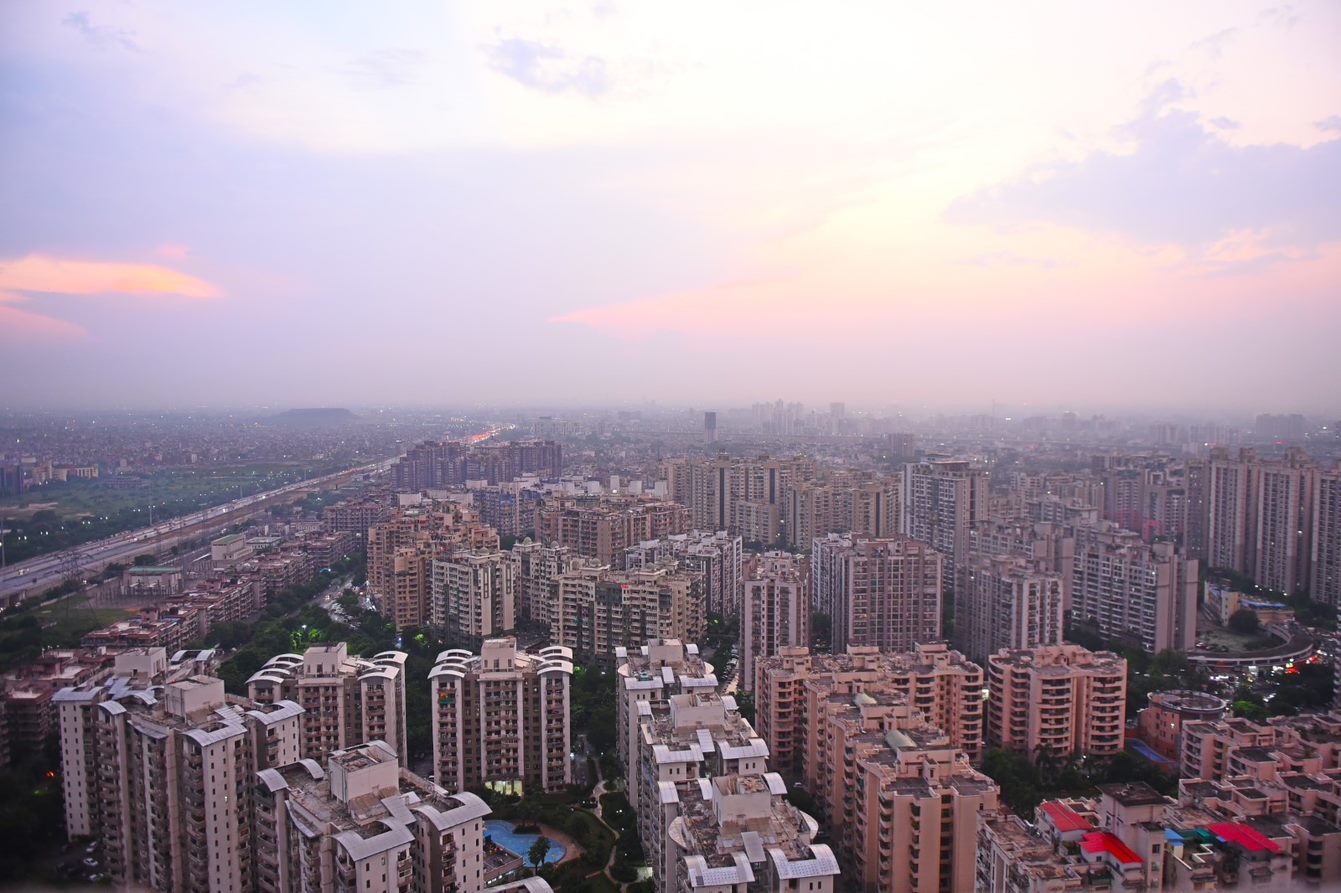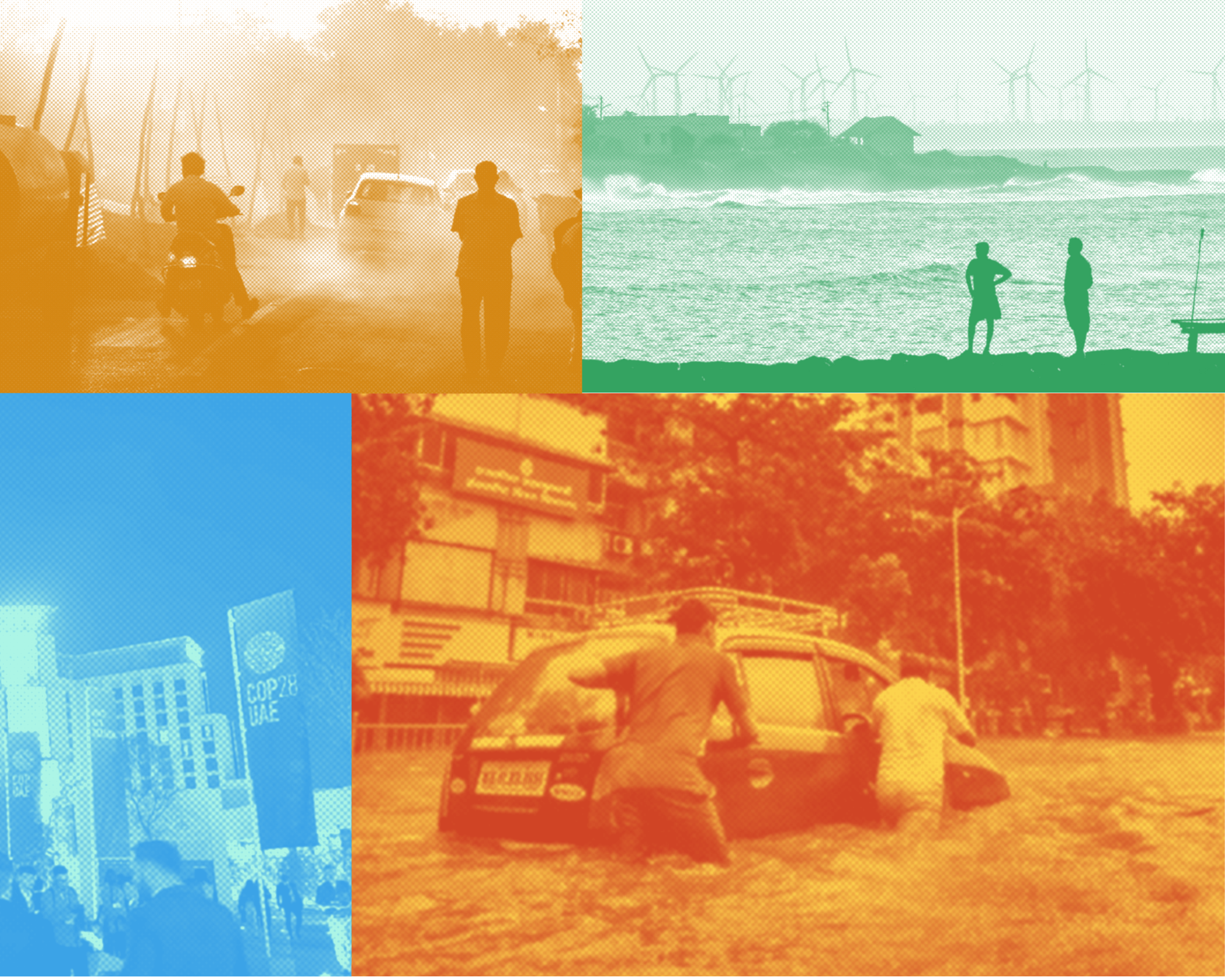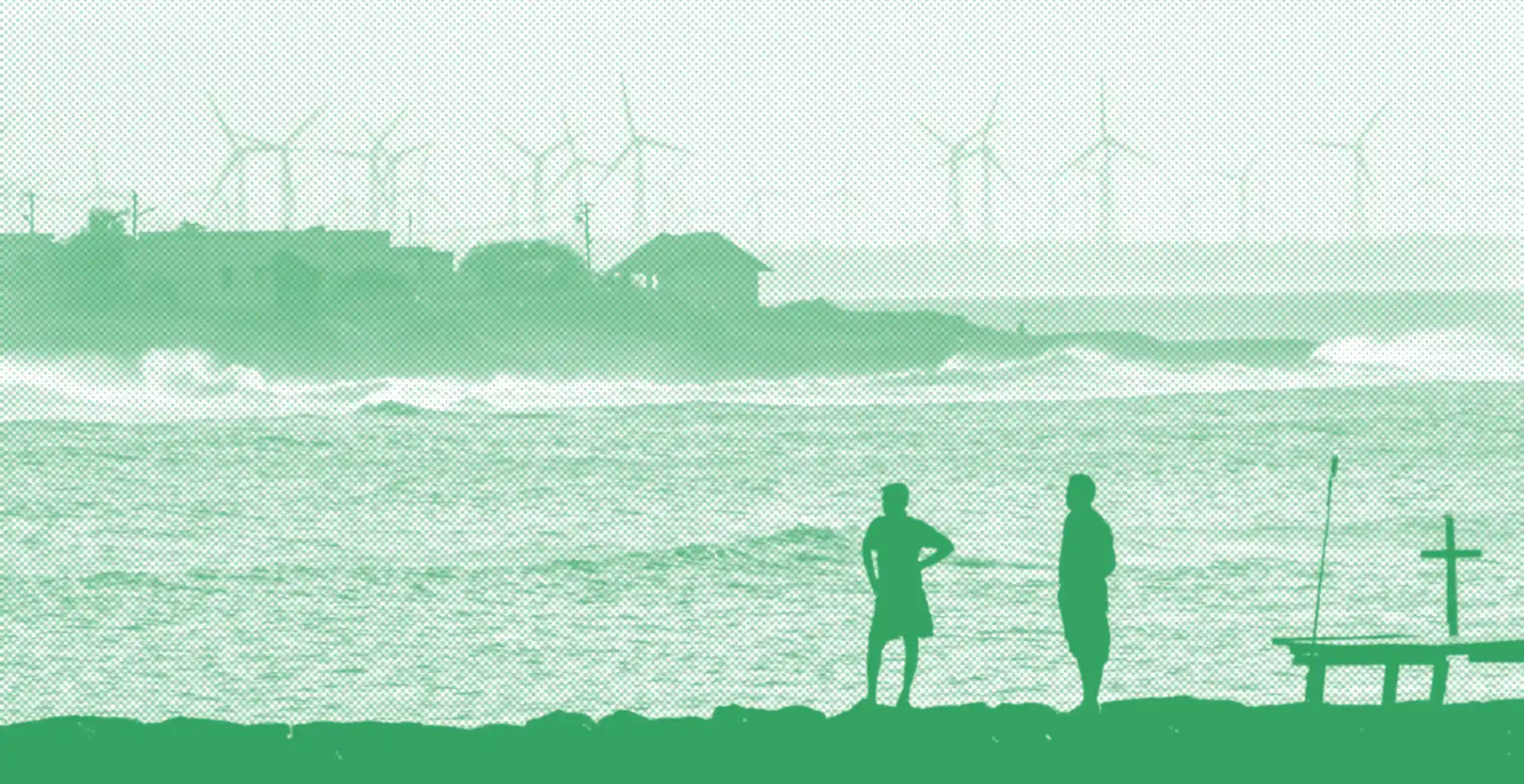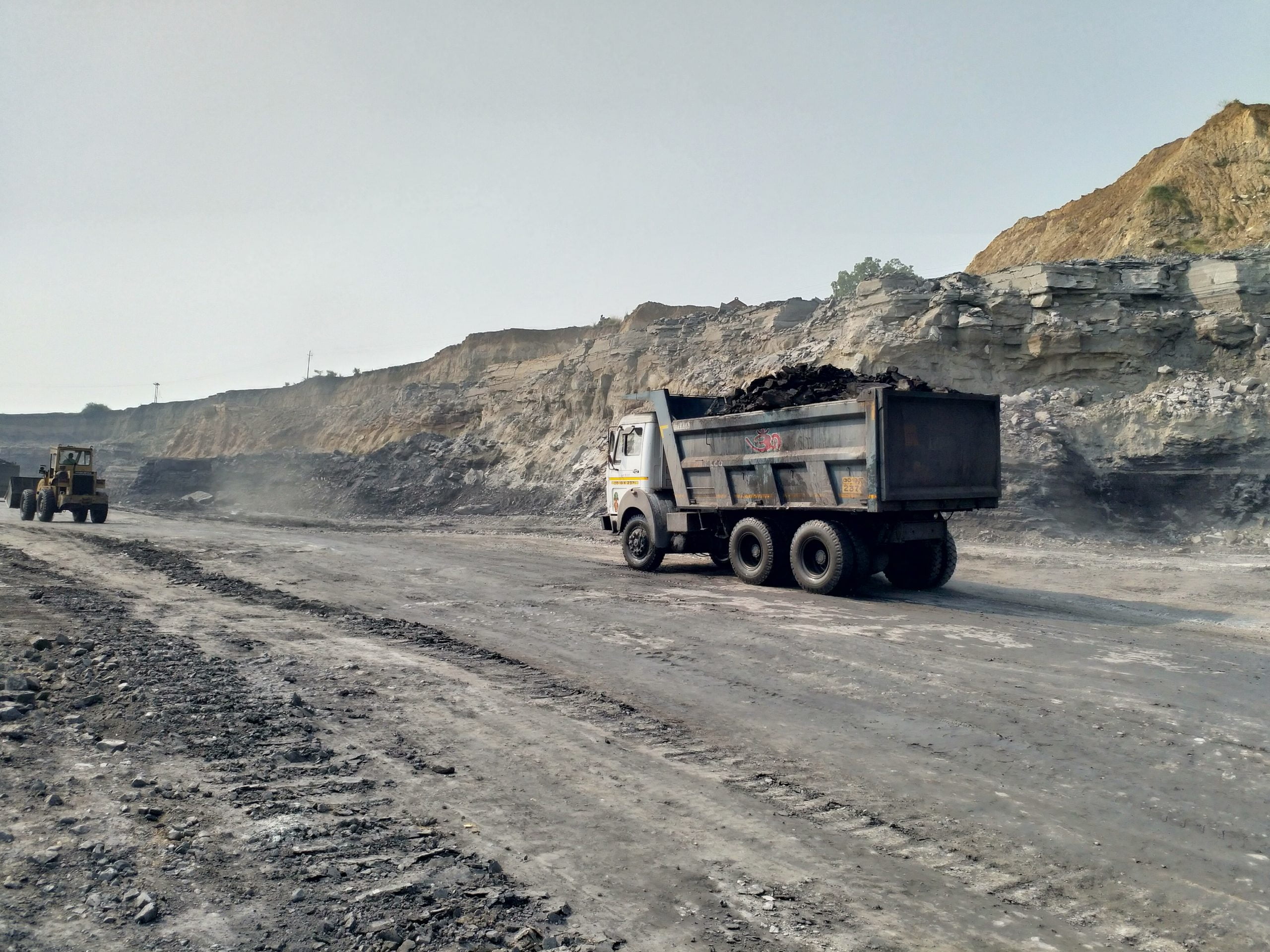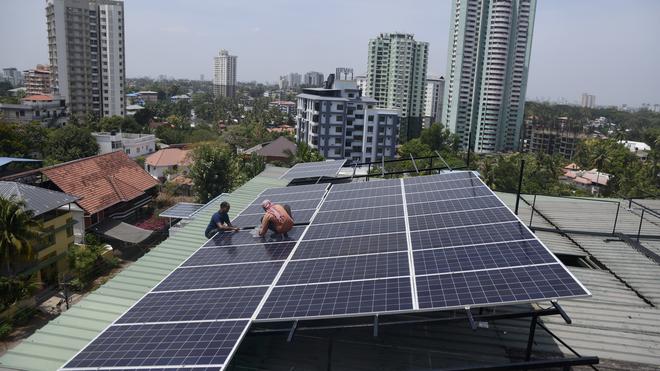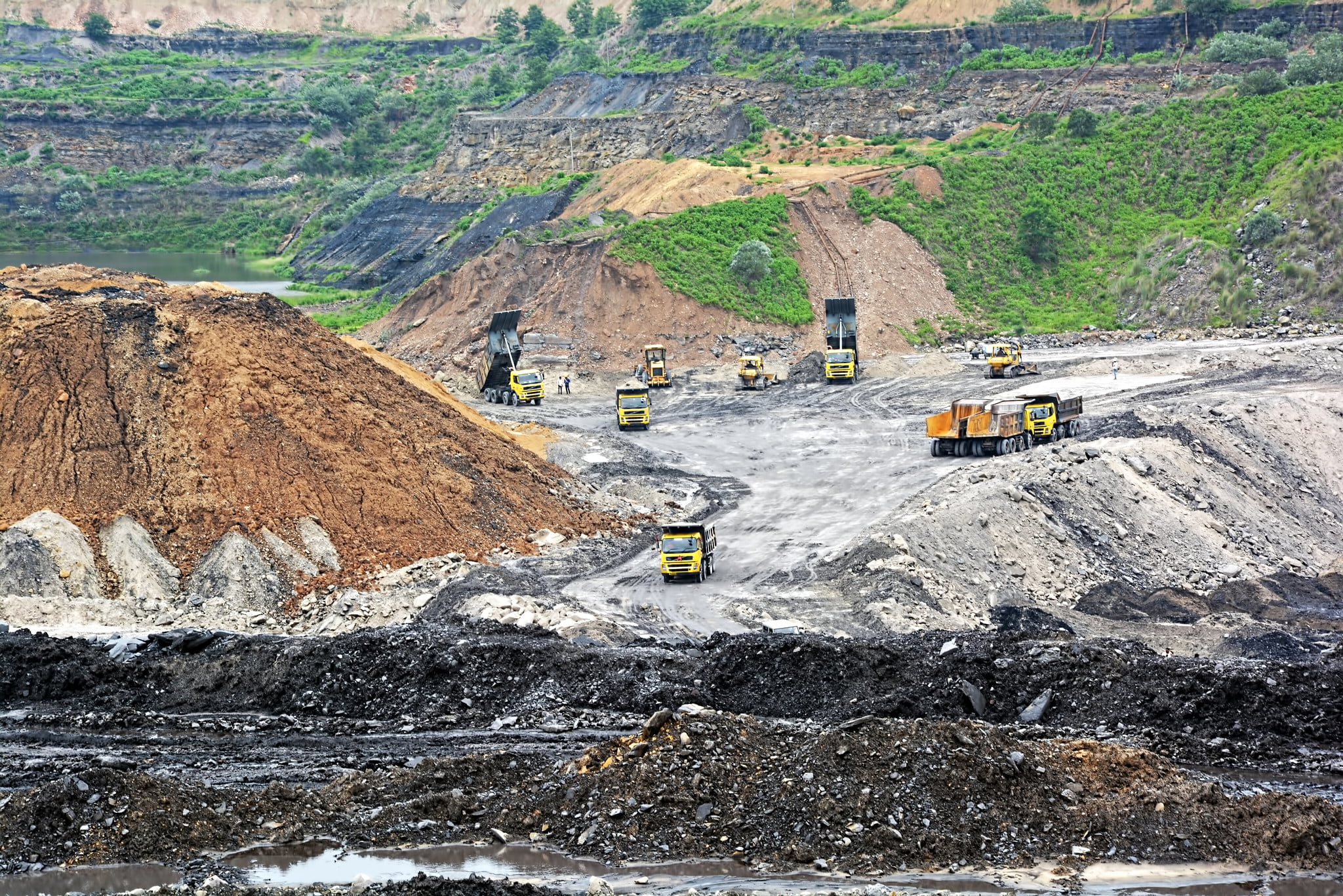Research area: Energy Transitions
Is net zero net positive? – Opportunities and challenges for pursuing a socio-economically sensitive net-zero transition for India
Abstract
At COP26 in Glasgow, India announced a long-term ambition to achieve net-zero greenhouse gas emissions by 2070. Existing emissions-economy modelling studies highlight that India’s emissions show no sign of peaking before mid-century and will not reach net zero by 2070 in a business-as-usual scenario with current policies. Using a mixed methodology of expert elicitation and system dynamics modelling, this article examines the policy gap that needs to be bridged for India to realize its net zero by 2070 commitment. The study discusses a socio-economically sensitive policy mix that could set India on a trajectory to peak its emissions in a decade and zero out its carbon dioxide (CO2) emissions by mid-century, leaving about one gigaton of other greenhouse gases to be decarbonized by 2070 to meet India’s net-zero goal. The policy mix realizes this goal while maintaining the government’s fiscal stability, and increasing employment and GDP beyond business-as-usual. The trajectory reported here is one of many possible low-carbon development pathways that could potentially be a net socio-economic positive for India. However, barriers such as the country’s lack of clean energy innovation and industrial policies, the gap between its domestic manufacturing capacity and deployment requirements, individual sector readiness for decarbonization, and the distributional implications of government revenue shifts through the energy transition remain significant challenges that need to be addressed to realize these potential socio-economic benefits of decarbonization.
Read moreThe Regulatory and Market Landscape for Climate Finance Into India’s Renewable Energy Sector
Executive summary
India’s clean energy landscape has developed rapidly over the last decade, enabled by an improving policy and regulatory architecture. Nevertheless, challenges remain that have impacted the scale and direction of climate finance flows to this sector, particularly from international sources. As India aims to further ramp up the pace of its RE deployment, both large- and small-scale, this brief analyzes these challenges from regulatory, institutional mandate, coordination and market development angles, and explores ways to address them.
Based on a literature review and 13 expert interviews in the large scale renewable energy, rooftop solar, and energy efficiency sectors, we find that regulatory challenges are relatively minor in the large scale RE sector, and that this may cause international funders to channel finance accordingly. In other words, the established governance structure facilitates a relatively easy flow of climate finance. On the other hand, the small scale renewables and energy efficiency sectors have received comparatively less policy support, and a lack of awareness and scale contributes to considerably less funding flowing to these sectors.
Overall, while the government has an important role to play in continuing to improve the policy and regulatory environment for clean energy finance – including international flows into the country – there is an equal role for funders to adapt their funding processes and scopes to the domestic context. Harmonizing these parallel efforts will require improved coordination between the various actors, including through more defined processes for consultations within the overall institutional architecture for climate action in India.
India’s pathway to net zero by 2070: status, challenges, and way forward
Energy Transitions Preparedness Initiative: Buildings Sector
Executive Summary
- India’s buildings sector will play a critical role in meeting the country’s climate targets while promoting resilient cities (IEA 2021b). Buildings also represent the demand side of the energy transition, which is otherwise generally dominated by discourses on the supply side. The sector is undergoing clean energy transition while also contributing to it. Urgent political attention and coordinated action between national and sub-national actors across the buildings value chain are needed if energy transition goals must be achieved in a cost-effective and timely manner.
- The Energy Transition Preparedness Initiative (ETPI) provides a framework to study and understand state-level plans, actions, and governance processes towards energy transition. The framework covers multiple themes in 24 indicators, representing crucial aspects of energy transition in the electricity, buildings, and transport sectors. The buildings sector covers many themes across five indicators.
- Buildings are a state subject and therefore energy transition actions in the sector must be studied at the state level. Evidence suggests that buildings are contributing to national and state-level energy transition goals in many ways. There are examples of effective and ambitious policy initiatives with varying scales of action to facilitate transition. Despite the progress, greater efforts are required to implement stated policies in order to achieve the sector’s transition objectives.
- This study aims to understand the energy transition preparedness of the buildings sector of 10 states in India and highlights good examples from the states. Drawing on information available in the public domain, it sheds light on the level of energy transition preparedness in these states for FY 2020-21.
- This report studies energy transition preparedness across multiple states, facilitates cross learning between them, and promotes adoption of approaches suitable to their specific contexts.
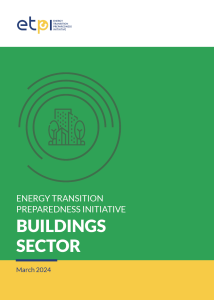
SFC Perspectives on Adaptation and Resilience, Climate Policy, Energy Transitions, and Environmental Governance and Policy
Overview
SFC Perspectives are intended to stimulate discussion by providing an overview of key issues and avenues for action to inform India’s sustainable development trajectory.
Read our Perspectives on:
1. Adaptation and Resilience: Building systems that allow India to adapt to climate impacts (by Aditya Valiathan Pillai and Tamanna Dalal)
2. Perspectives on Climate Policy: Embedding a development-centric, climate-ready approach to policymaking (by Aman Srivastava, Easwaran J Narassimhan and Navroz K Dubash)
3. Enabling the Energy Transition: Technology, politics & institutions in India’s energy system (by Ashwini K Swain, Sarada Prasanna Das, Suravee Nayak, Catherine Ayallore and Navroz K Dubash)
4. Perspectives on Environmental Governance and Policy: Systemic transformations to limit the health burden of air pollution (by Bhargav Krishna, Shibani Ghosh, Arunesh Karkun and Annanya Mahajan)
Enabling the Energy Transition: Technology, politics & institutions in India’s energy system
Introduction
India must build a 21st century energy system while simultaneously grappling with 20th century problems of energy access, operational inefficiencies, and financial leakages in electricity distribution. Unlike industrialised economies which are in a position to taper their demand, India needs to expand energy use to fuel economic growth and social aspirations. How India chooses to meet its future energy demand – how it produces and consumes energy – is consequential for India’s development future, but also the global energy transition.
India has positioned itself as a frontrunner in the energy transition by setting ambitious near-term targets for clean energy to contribute toward the long-term pledge of net-zero emissions by 2070. Its domestic energy targets include 500 GW non-fossil energy generation capacity, inclusive of 450 GW of renewable energy (RE), and renewable purchase obligations (RPOs) – a de facto generation target – of 43% to be met by 20302. Besides, as part of its G20 presidency, India mobilised a consensus to triple RE capacity and double energy efficiency globally by 2030, subsequently reflected in the Dubai Declaration.
The transition from fossil fuel to RE comes with the potential for energy self-sufficiency, a promise of low-cost power to meet welfare demands, and an opportunity for competitive, job-creating and green industrialisation. However, these opportunities are neither automatic nor free of costs. While an affordable, cleaner, greener, job-creating energy future beckons, the path from here to there will be disruptive, likely creating losers who have an incentive to slow-down changes, potentially risking stability of energy supply, and will depend on far greater finance and infrastructure investments.
The technology shift that undergirds India’s energy transition will need to be accompanied by foundational institutional changes. Tapping the potential of RE depends on clear and coherent plans, institutional capacities, and governance processes that enable the unwinding of lock-ins to incumbent technologies, and create space for new and emerging technologies. Managing likely disruptions and enabling the transition requires fundamental shifts in politics and institutions in Indian energy along with adoption of new technology.
Our research and engagements at the Sustainable Futures Collaborative (SFC) focus on rethinking the configuration of technology, politics and institutions in Indian energy as a necessary complement to techno-economic solutions for enabling the transition. To explain the configuration and suggest priorities for change, we focus on three interlinked areas: the economic viability of electricity distribution, subnational preparedness, and just energy transition.
Uneven and Combined Development and the Politics of Labour in an Eastern Indian Coalfield: Shifts and Changes from Late Colonialism to Neoliberalism
Introduction
Trotsky’s notion of uneven and combined development has been discussed extensively in the literature on extractive industries in the Global South. The debates originated in studies on Latin America but they are equally relevant for any other country of the Global South. In the Indian context, the development of extractive industries such as coal mining rests on, reproduces and constantly re-combines unevenness between India and other countries as well as within the country. This was the case when large-scale industrial mining began in India during the colonial period, primarily for railways, such as the East Indian Railway, and for local industries and export trade (Ghosh 1977). Mining continued to set the trajectory after the country gained Independence in 1947, when the state expanded the extraction of coal to feed its ambitious project of rapid industrialization in the name of ‘development’. Both, the ‘temples of modern India’ – as the first Prime Minister Nehru called the large integrated steel mills – and the large coal mines were concentrated in the subnational states in central and eastern India, such as Odisha, Jharkhand (formerly part of Bihar) and Chhattisgarh formerly part of Madhya Pradesh) (Das 1992; Adduci 2012; Adhikari and Chhotray 2020). As is well known, the expansion of open-cast coal mines entailed a plethora of environmental degradation as well as the large-scale dispossession and displacement of usually marginal agriculture-based communities and the dismantling of their agrarian structure (Nayak 2020; Noy 2020). The changing industrial policies since Independence also re-created and re-combined unevenness in the labour regimes, first by expanding the formalization of the erstwhile almost exclusively casual mining labour forces and later on by re-informalizing them.
Read moreSeeing India’s energy transition through its States
Intergenerational Labour and Just Transition in Coalfields
Introduction
India’s coal dependency is more complex than that of countries in the Global North. Amidst deliberations on coal phase-down and just transition planning and strategies post COP-26, the intricacies of this dependence make any phase-down a delicate and intense socio-economic and political process. Apart from the country’s reliance on coal for energy security, this dependency is also spread across economy, especially amongst coal communities. More importantly, accounting for the impact on livelihoods and jobs of coal communities are at the core of coal dependency discussions in the country. There are two approaches to examine coal labour in India. The first is to map direct, indirect and induced employment and the other is to study formal and informal labour in the coal ecosystems. However, these studies largely focus on the magnitude of labour dependency.
Read more
